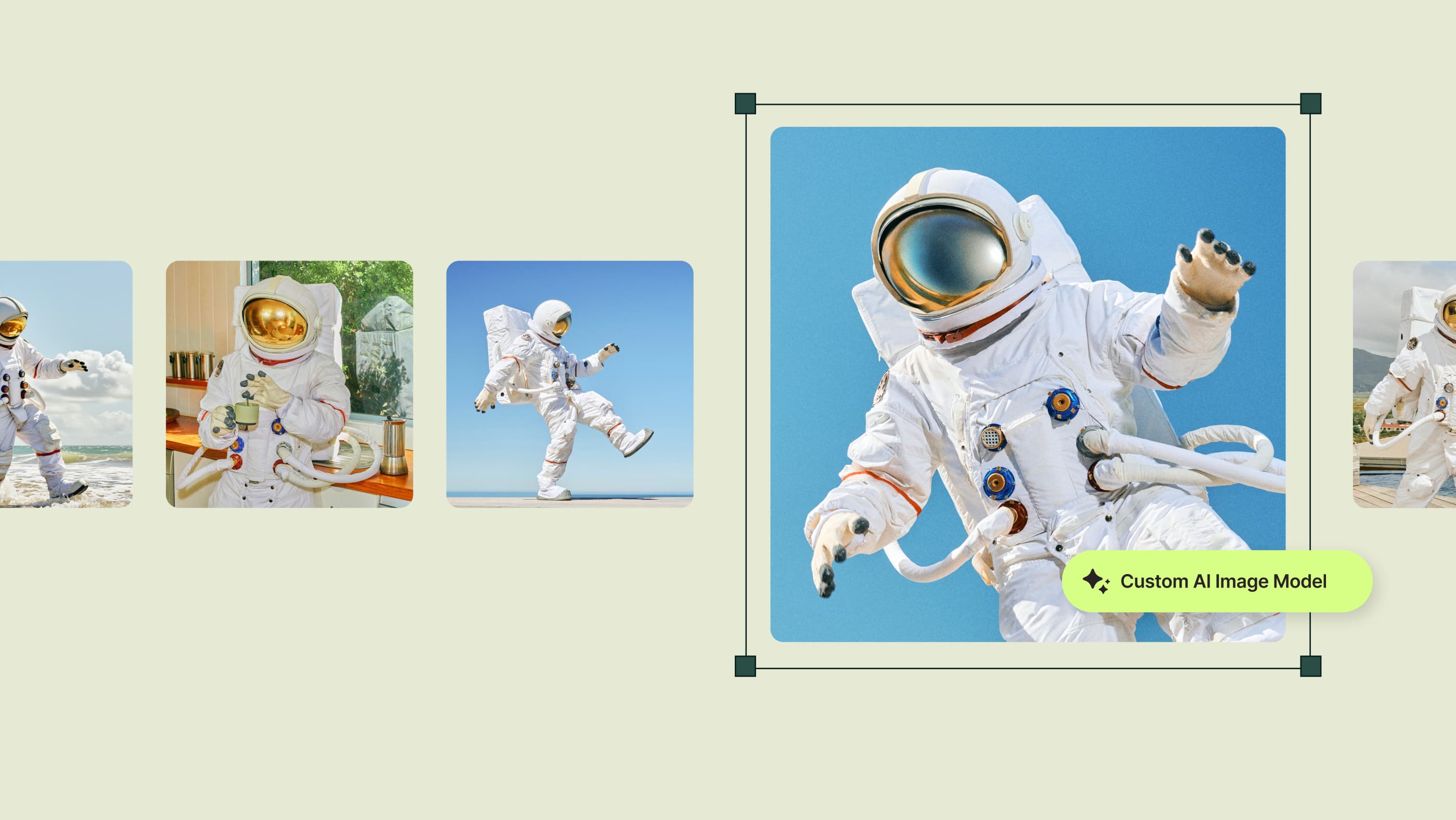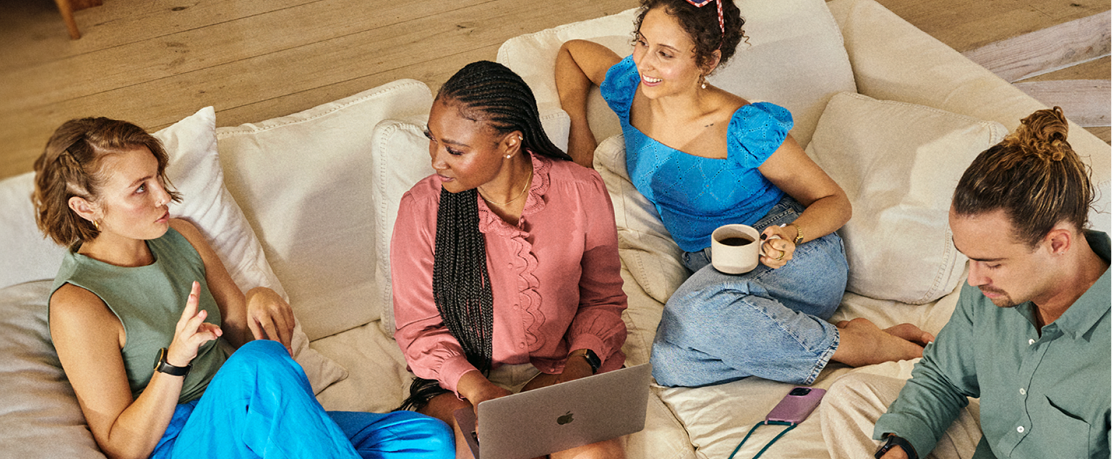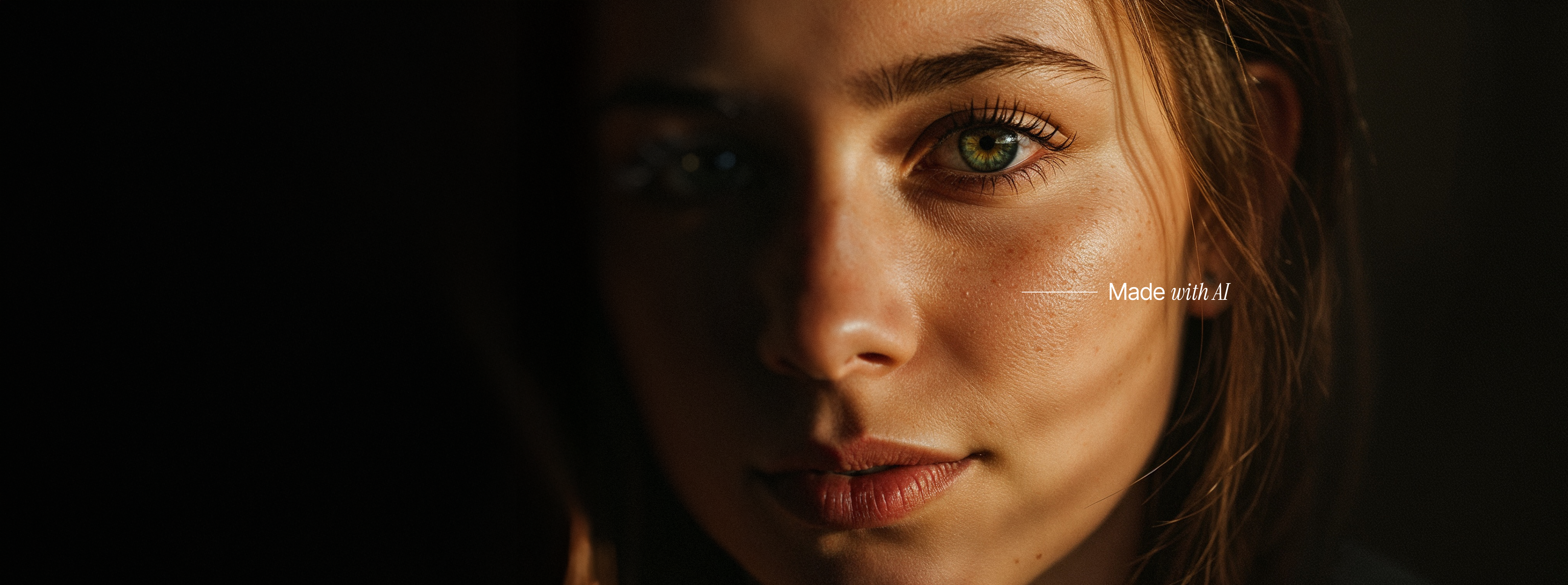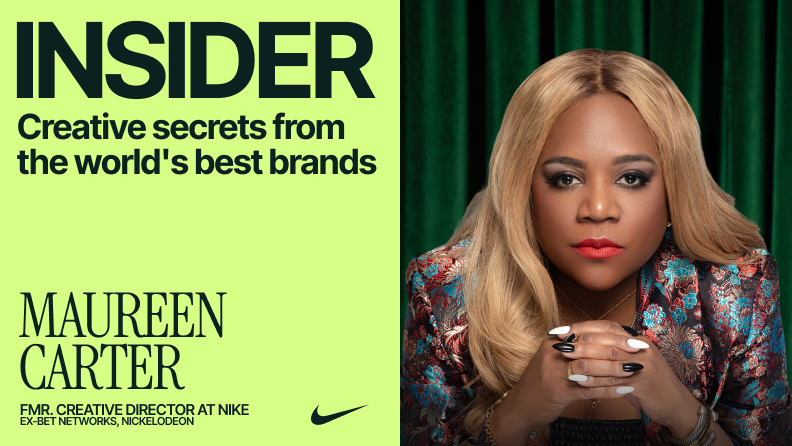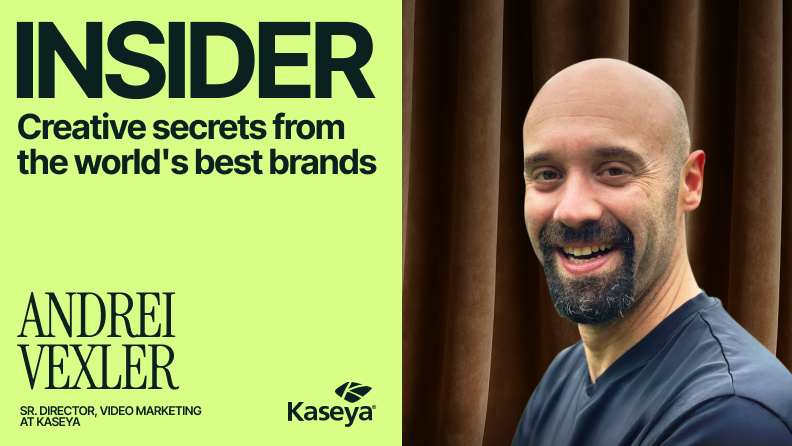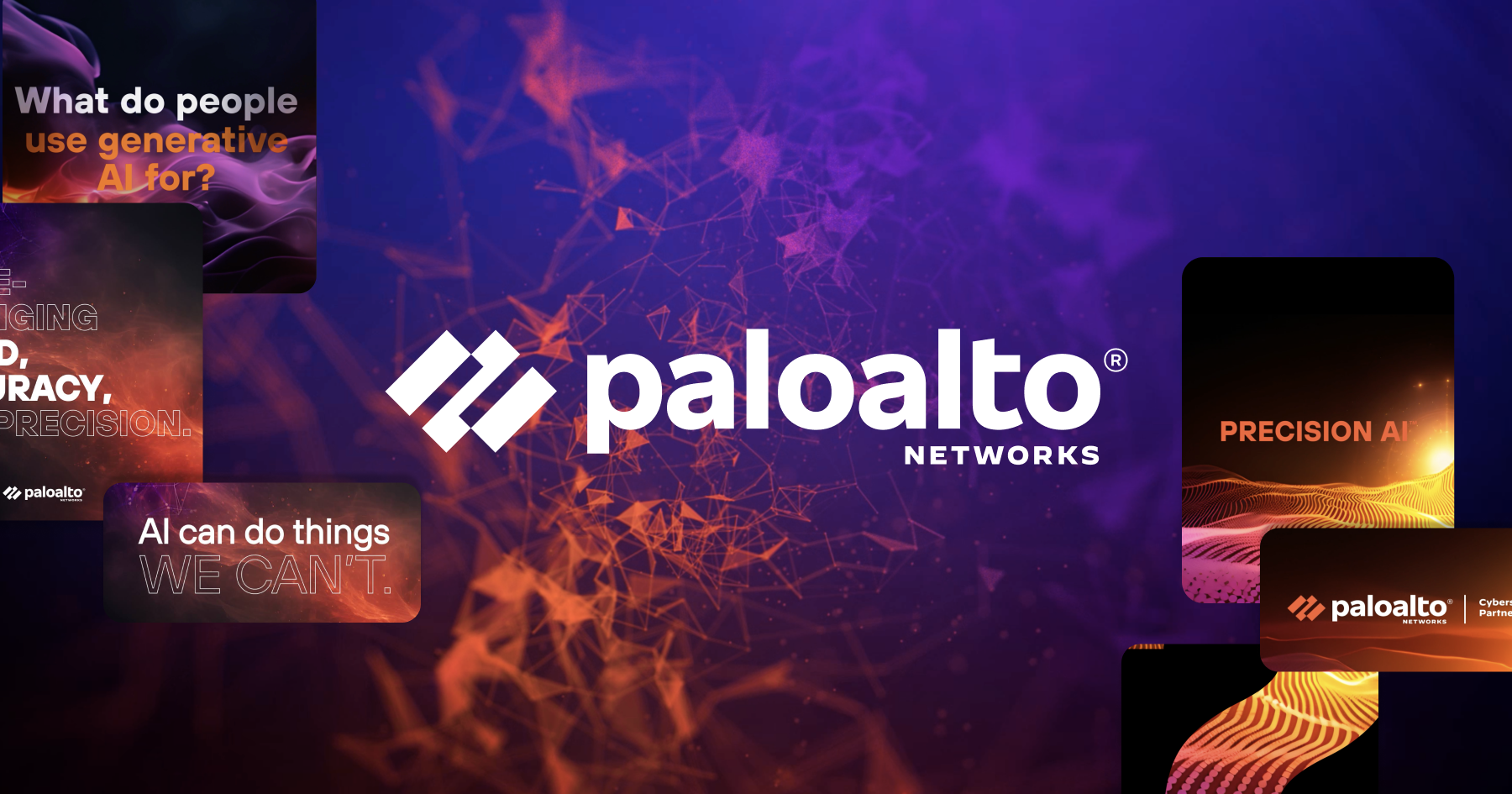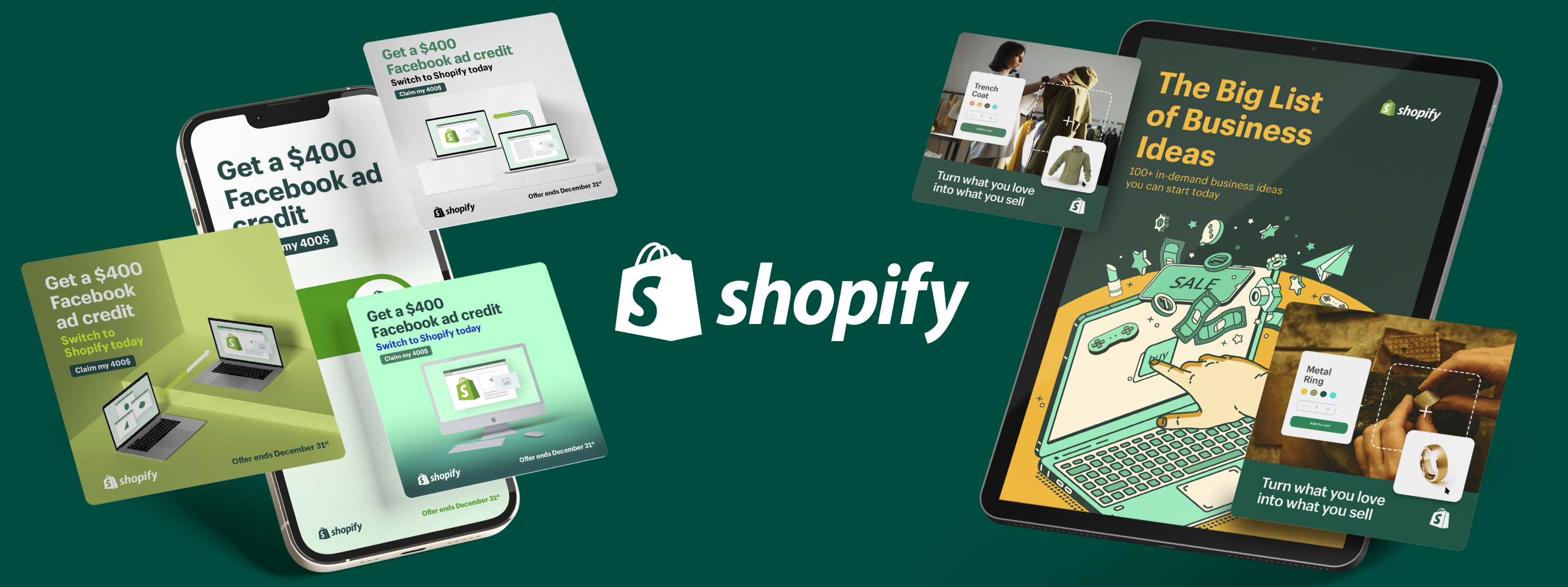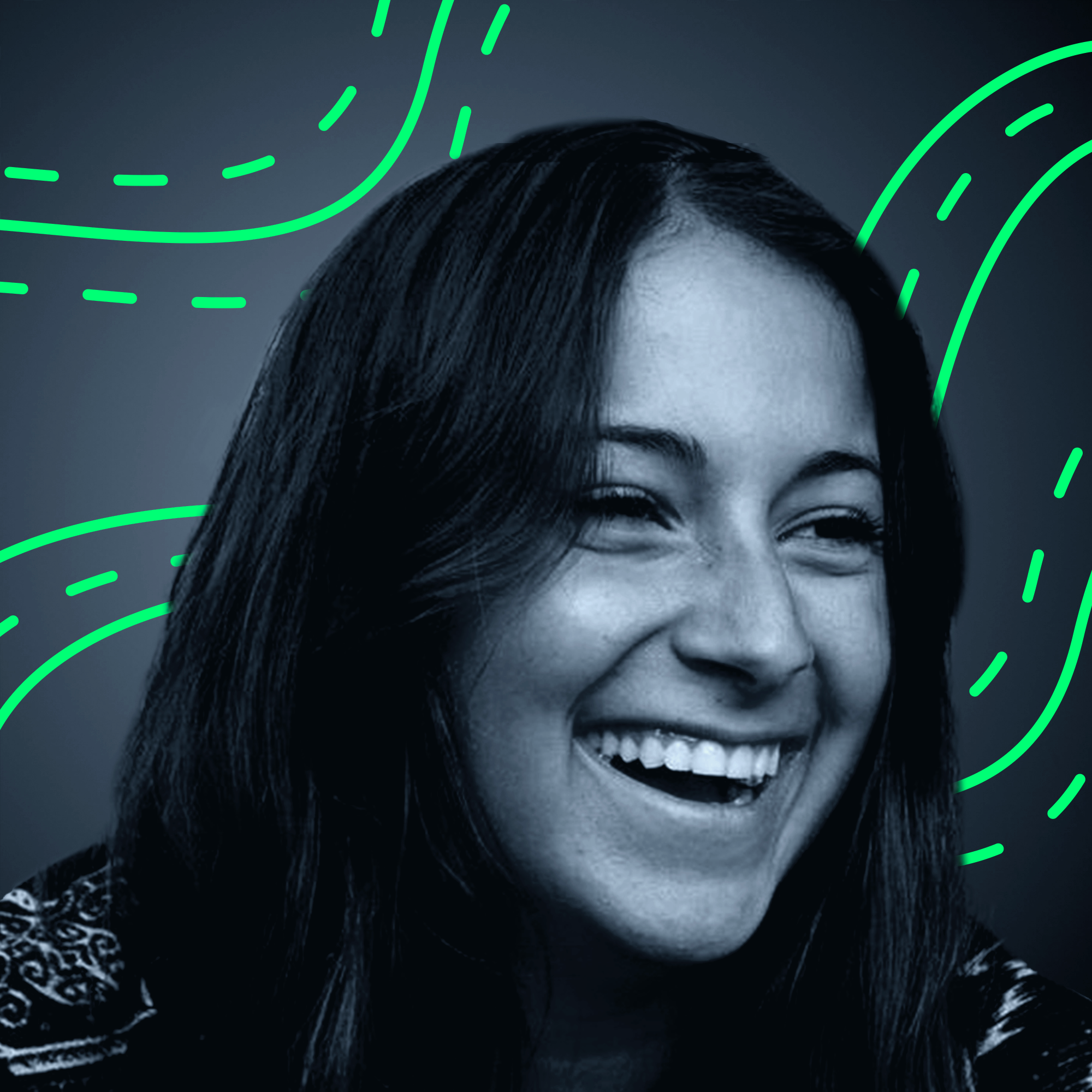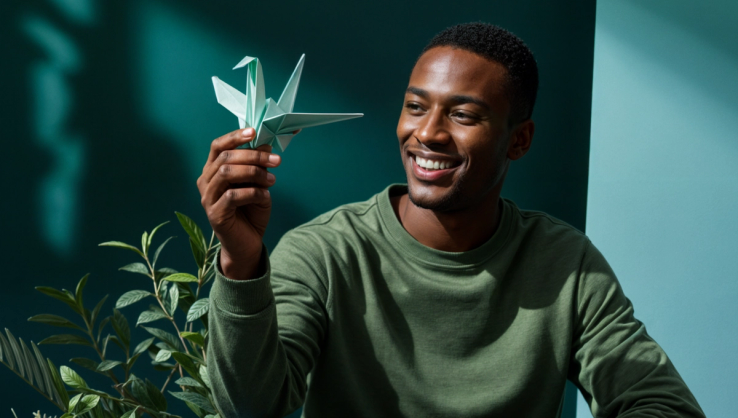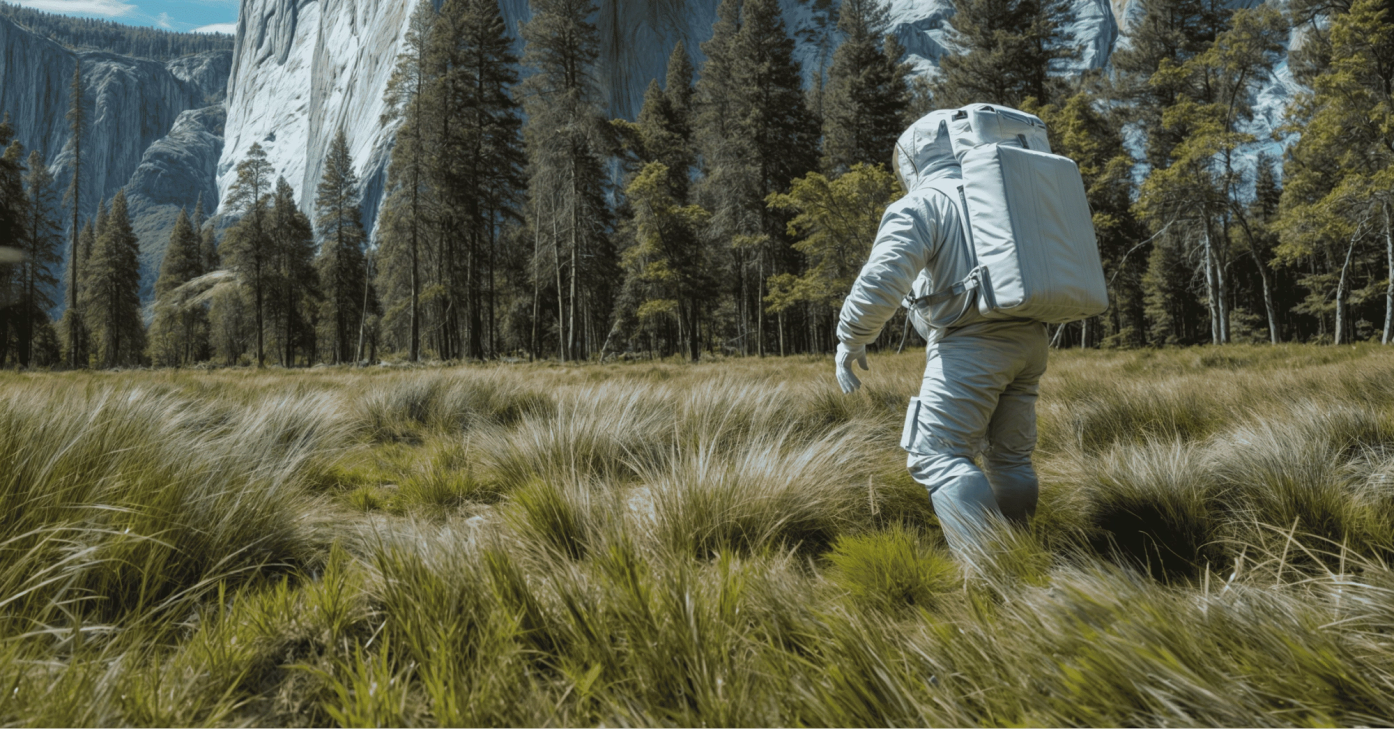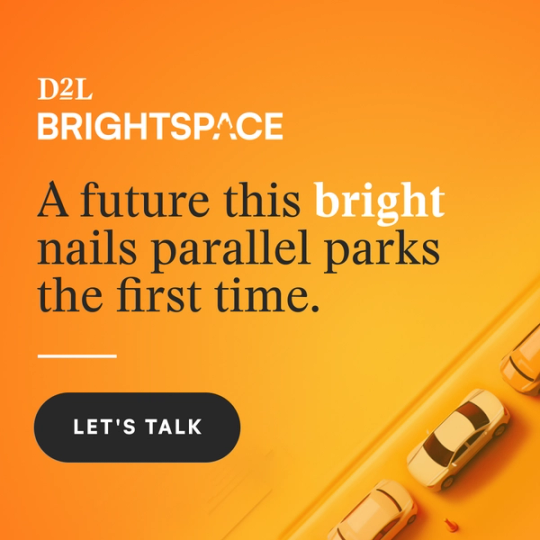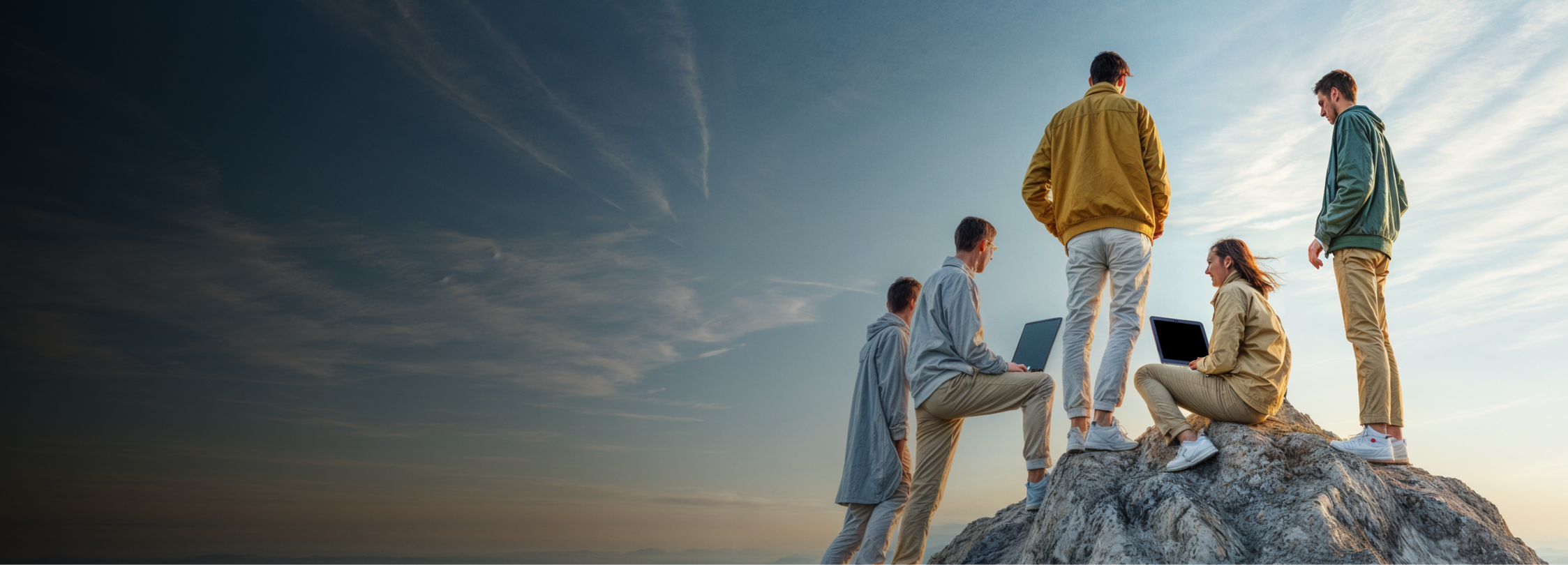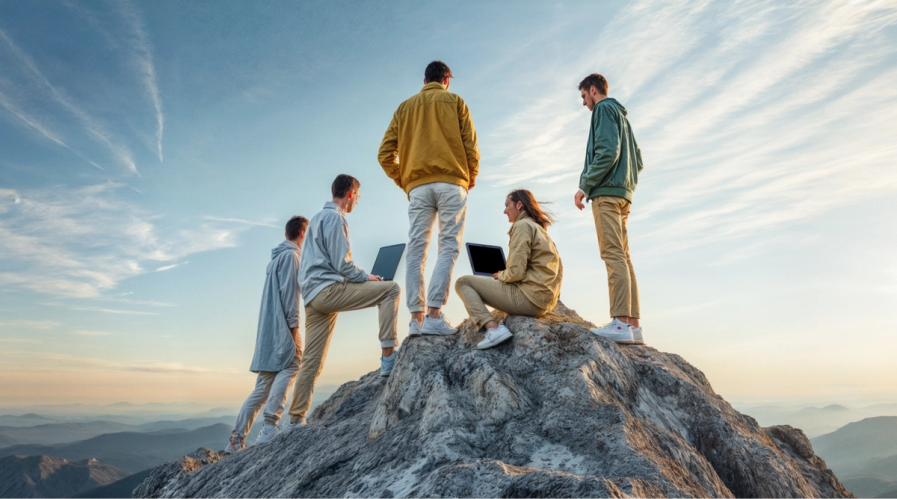How To Create Stunning Ad Creative With AI in 5 Steps
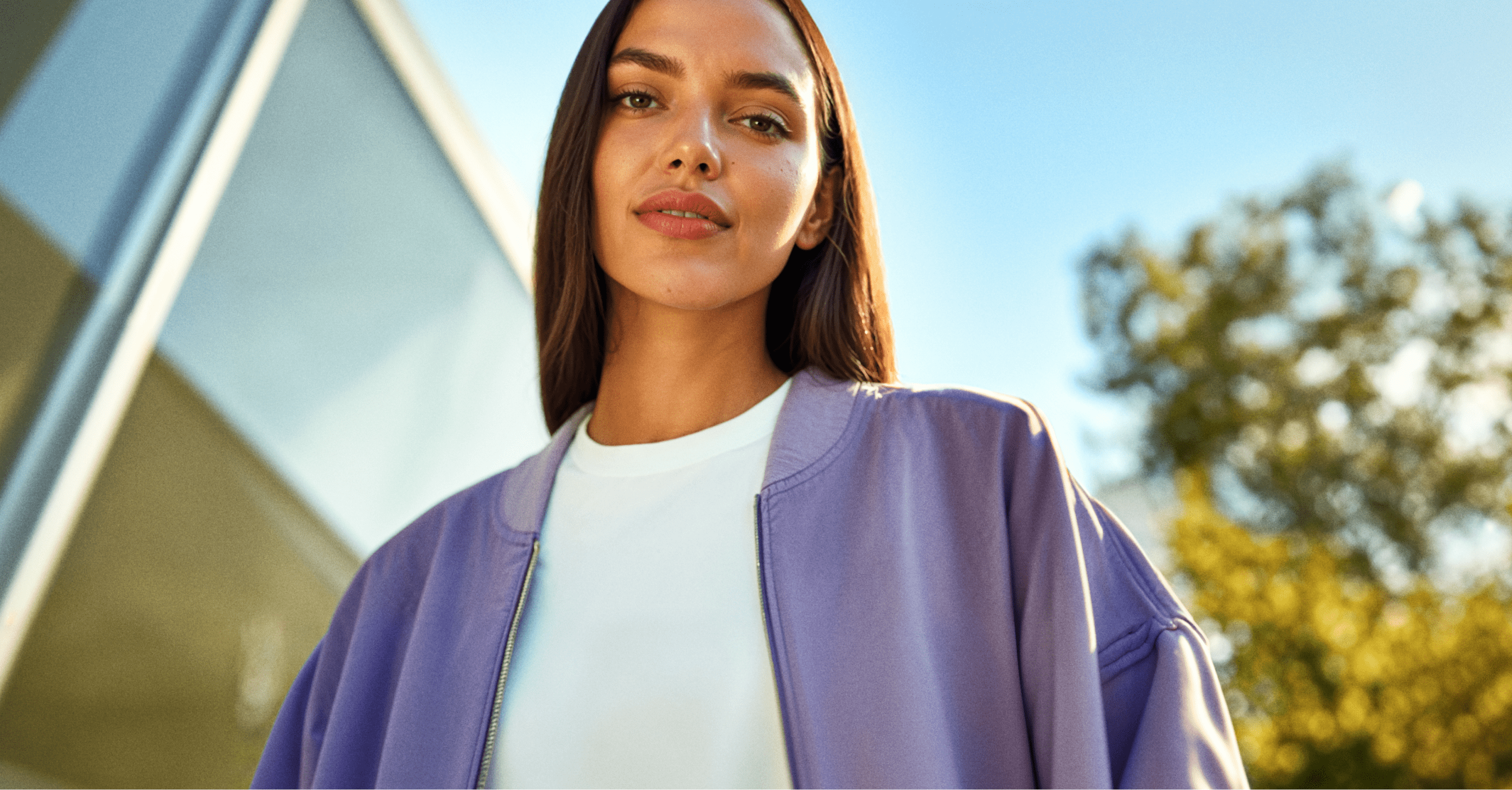
From ideating, testing, designing, launching, to iterating—executing ad creative is no easy feat. Use this article as a comprehensive guide on how you can use AI in your next ad campaign. Stick until the end as we’ve featured three bonus case studies of brands who’ve successfully used AI in their ad creative process!
How many times have you scrolled past an ad that appeared on your socials one too many times? Ad fatigue is a real thing. That’s why having fresh ad creatives isn’t just a nice-to-have; it's a must-have.
But the reality is, even if you have an in-house design army, high-quality ad creative takes time. Whether it’s flipping through hundreds of Unsplash stock images, the back and forth between team members, and the endless rounds of feedback—ad creative is time-consuming.
AI’s arrival in the creative space is like a genie in a bottle. Using it to your advantage can supercharge your ad campaigns and bring your assets to another level.
At Superside we’ve completed over 500 AI design projects, giving us a depth of first-hand experience in creating AI-powered ad campaigns. We’ve also taken the time to talk to Vivianna Ramirez, Graphic Design Specialist at Superside, who uses AI in her day-to-day ad creative design processes. Together we’ve created a five-step guide for creating the most powerful ad creatives with AI. Let’s dive in!
Understanding AI and Its Role in Ad Creative Design
Ready or not, AI is already taking the creative industry by storm. The market value of AI marketing was estimated to be $15.8 billion in 2021 and is projected to grow to over $107.5 billion by 2028, a trajectory that reflects AI's expanding role in marketing strategies and customer engagement.
In fact, over 80% of creatives incorporate AI into their day-to-day work (and the story is similar in the SaaS industry). It’s revolutionizing how marketers interact and understand their online audiences. Today, 50% of marketers even leverage AI’s predictive capabilities for ad targeting to reach the right audience at the right time accurately. But the real question is: Should you use AI in your ad creative?
Before we go into our 5-step process, we'll take a quick walkthrough some of AI's current strengths and weaknesses when it comes to ad creative.
What AI is good at (and what it’s not)
AI performs best for scaling mass-volume creative projects, like generating multiple ad sets, tailored image libraries or custom illustrations—especially when using repetitive design specs. AI is also a great source of creative inspiration, its ability to quickly produce a variety of concepts can help you go from zero to hero when developing new advertising strategies.
It gets even better: As we completed 500 AI-Enhanced Creative projects and counting, we can proudly say that we have saved our customers over 17,700 design hours and more than $1.4 million in design costs.
On the other hand, you might’ve seen AI’s attempts at generating hands—it’s safe to say that it isn’t great at everything. (At least, not right now.)
Source: Buzzfeednews.com
For most models, insufficient training data prevents them from accurately generating precise line work. As a result, you may want to avoid using AI to generate professional-quality icons or logos for your ads. Additionally, if you want to maintain a consistent brand style, relying solely on AI might lead to unwanted variance, again because many tools are still new and evolving. This is why fusing human creativity and AI is the optimal approach.
Human designers know which AI applications work best for which projects, they even know which projects are the best fit. Plus, they have the hands-on training and experience to know that every piece of creative whether human- or AI-made, requires both nuanced and tactical quality assurance.
How To Create Ad Creative With AI in 5 Steps
Crafting and scaling effective ads is an art that demands the peak performance of talented creatives, and it can be significantly enhanced with AI. Discover how with expert insights from Superside Design Specialist, Vivianna Ramirez.
Step 1: Information gathering and creative ideation
The key to overcoming a blank canvas starts with a good old brainstorm. In the creative ad world, this is a mixture of goal setting, researching your audience and market, then generating ideas. Luckily new AI tools have made this process easier, including:
- Audience profiling: Qualifyed.AI, User Evaluation and GapScout enhance target audience research by scanning reviews, synthesizing customer call and performing sentiment analysis to reveal what's working for your business (and what you should highlight across digital ads).
- Marketing insights: Using Quantilope, Pecan, or Appen for surveys, data collection and analysis allows marketing and design teams to make insight-backed decisions at half the cost and time.
- Idea generation and brainstorming: With a strong prompt, tools like EdrawMax and even Adobe’s Firefly can generate tons of designs that creatives can use as starting points. Many people also use conversational AI, like ChatGPT and Claude to research and explore ideas.
For brainstorming, AI is a powerful tool that can help us analyze vast amounts of data, pinpointing patterns and trends and helping us develop creative strategies and solutions more efficiently.
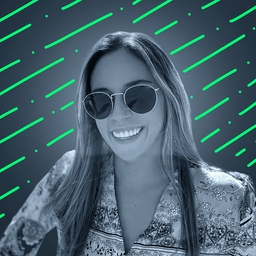
Step 2: Design and development
You’ve finished brainstorming and now you’re ready to start designing. Here are the top three tactical ways we’ve seen AI help in the design process for ad creatives:
- Creating visual elements: Develop graphic components such as images, color schemes and fonts.
- Copywriting: Write compelling ad copy that complements the visuals and communicates the message effectively.
- Layout and composition: Arrange the visual elements and text in a cohesive and aesthetically pleasing manner.
AI can help write ad copy, taglines and even very meticulous messaging if we input it correctly. But, I believe AI-generated writing still needs a human touch, mainly because it lacks the emotional and human factors needed to make the copy impactful and relatable to our product or service in the way we want.

As you’re getting started, there’s an arsenal of AI design tools to help with your ad creative, including:
- SuperAds: Access enhanced AI-driven creative analytics to optimize your ads, delivering faster, more actionable insights for your paid social campaigns.
- Midjourney: Best for idea generation and asset creation. Midjourney is a prompt-based, text-to-image generator AI design tool ideal for exploring creative styles.
- Krea: Best for all-around AI design. Similar to Midjourney, Krea includes text-to-image generation, but also image-to-image capabilities, animation creation, pattern design and more.
- Omneky: Best for rapid testing. Omneky uses AI to generate ad iterations to show tailored ads for each customer segment to help boost your ROI.
- Ad Creative: Best for ad creation. Ad Creative uses AI to generate over 100 conversion-focused digital ads in seconds.
- Smartly.io: Best for ad optimization. Smartly.io uses machine learning algorithms to optimize ad creatives across multiple channels.
While experimenting with these tools, remember that AI helps with ideation and conception, but human expertise is essential for crafting a coherent narrative.
AI is an incredibly powerful tool that enhances creativity and boosts efficiency. It automates tasks, processes data faster and optimizes workflows. AI can also assist with design ideas and iterations of an ad creative, exploring a vast range of possibilities and guiding us through a creative path that becomes refined over time with a human touch.

Step 3: Generate ad creatives, review and refine
If you’re only using AI to generate visual assets for your ad creative, you’re missing out. AI is a powerful tool to test and iterate your ideas quickly before you bring them to market. Here’s how:
- Rapid prototyping: You can use AI to spin up multiple iterations of your ad in seconds, each with varying layouts, imagery, styles and copy. This rapid prototyping enables marketers and creatives to visualize the possibilities of their campaigns and decide which direction to pursue.
- Predictive analytics: believe it or not, AI can also predict the effectiveness of an ad before it’s launched. Newer advertising tools are using AI to optimize ad budgets, predict ad performance and even gain insight into your competitor's ad strategies.
Although it sounds like AI can handle it all, the most important part of the creative process is understanding the why.
As Manuel Berbin Senior Illustrator and AI Creative Lead at Superside shared, “Most people jump into how to do something, or just doing it. But why? What is the story of this? How does this [asset] fit into the solution? AI can never replace that. It can generate assets, and optimize campaigns, but someone has to assemble those pieces into a narrative.”
So while AI has its place in accelerating the ideation, creation and review process in ad creative work, it doesn’t produce an end product for commercial client work.
Step 4: Prototyping and testing
There’s no one-size-fits-all formula for ad success but it’s standard practice to collect feedback and team approval on your work pre-launch.
AI can significantly impact the outcome of campaigns by testing ad creative. Its data-driven insights offer unmatched creative guidance through predictive analysis of audience behavior, multiple channels, metrics, contexts and more. It's a great way to understand our context and where we stand creatively.

In this stage, AI can be used to:
- Conduct A/B testing automation: AI simplifies the process of setting up A/B or multivariate tests by automatically suggesting or even implementing different versions of an ad to test various elements like headlines, images and CTAs.
- Make real-time adjustments: Based on immediate feedback from testing, AI can adjust the distribution of ad variants to favor those that are performing better, thus optimizing campaign spend.
AI has even changed the way that teams conduct creative testing. In traditional creative A/B testing, marketers can compare ads and study which concept drives their desired results in an in-person focus group. Now with AI, you can test your ads to target groups anonymously and at scale. Tools like Remesh, will analyze and organize your target group responses in real-time and let moderators directly have conversions with up to 1,000 testers at once.
Source: Remesh.ai
Step 5: Launch, iterate and improve
You’ve taken off and successfully launched your ad campaign—now what? After launch, AI can help monitor performance and generate optimization recommendations, ensuring constant improvement and iteration of your ads. Here’s how:
- Campaign analysis and optimization: After launch, AI continues to monitor ad performance, using advanced analytics to provide deeper insights into what’s working and what isn’t. This ongoing analysis helps to continuously tweak and improve ad performance.
- Dynamic creative optimization (DCO): AI can dynamically modify ads based on user behavior and external factors like time of day or geographic location. DCO helps in maintaining the relevance and effectiveness of ads over time.
- Learning and evolution: AI systems learn from each campaign and can apply successful strategies and learnings to new campaigns. This machine learning aspect of AI means that the ad creative process becomes more refined and effective over time.
When marketers aren’t implementing any sort of AI in their campaigns, the outcomes are essentially limited by the team’s imagination. However, bringing DCO tech into the mix is unlocking opportunities for advertisers and agencies to iterate further and discover innovative directions.

Another critical piece to launching your ad is optimizing the other side of the click—your landing page. As we’ve shared in our ads framework and checklist, ensuring that you have a clear call-to-action (CTA) button with a headline, image, social proof and lead capture form, can help boost the conversions on your ad.
3 Tips for Enhancing AI-Generated Ad Creative
If there’s anything that we learned from our 500 AI design projects, it’s that on the surface, designing with AI is simple. Enter a prompt and output an image. But to get high-quality, ad campaign-ready designs that are on brand? Not so simple. That’s why we’ve compiled our top 3 tips for your next AI-generated ad campaign.
1. Blend AI capabilities with human insight
The number one tip when using AI in your creative is to play to its strengths. Use AI for generating multiple design variations, creating assets, and identifying patterns that work well. However, always add a human touch to ensure that the creatives are aligned with your brand voice and resonate with your target audience.
AI helps drive and enhance the creative process in many ways, but humans need to check, refine and perfect the copy and the designs. The creativity that humans inject into ad creative is primarily fueled by our emotional intelligence. Since we, humans, are the ones consuming the final product or service, we must also be the ones evaluating the ad creative from start to finish.

For instance, in our recent AI-powered rebranding for Pixlmob we combined the power of AI with traditional design, allowing the delivery of assets to be twice as fast. At every step of the process, the Superside team guided the AI tools to ensure 100% brand consistency across all materials.
2. Adapt and personalize at scale
Stop relying on broad demographic data for your ad targeting. AI algorithms can now analyze vast amounts of data in real-time to identify and target audience segments with precision.
One of the most critical challenges of AI is maintaining brand consistency throughout the creative process that involves this tool. At Superside, we ensure that our creatives have a deep knowledge of the brand and can clearly identify the design principles involved.

Use AI to create dynamic ads that adjust images, messages and even formats based on user behavior and preferences. Creatives and marketers are now equipped with segment-specific campaign performance data, enabling them to shorten their iteration cycles and focus on making critical campaign improvements, fast.
3. Staying on top of AI trends and advances
AI is growing at a blink-fast rate, with new models, platforms and research being published daily. Keeping up with the pace of change can ensure that you’re informed about the latest developments and capabilities you can leverage in your ad creative.
At Superside, we've grown into a trustworthy team that ensures the highest possible quality by combining the possibilities of AI with human expertise. The human factor of our team and their extensive knowledge of AI tools help us maintain a consistent brand identity and forge ongoing improvement.

To help you stay on the cutting edge, we’ve carved out an AI section on our blog to bring you actionable ways to implement it in your design and marketing workflows.
Success Stories: The Power of AI in Boosting Ad Creative Performance
You've seen the steps for creating ad creative with AI, but now it's time to learn from the experts on how AI has revolutionized their approach to paid digital ads.
How D2L Brightspace got brilliant brand images 70% faster
For D2L Brightspace, an EdTech with bold advertising aspirations, AI was the solution to achieving a consistent yet dynamic visual style. D2L wanted their ad to make heads turn; one that people would forever associate with their brand. At the same time, these new ads needed to be made efficiently for a quick turnaround.
The Superside team got straight to work using AI to replace traditional stock imagery all while maintaining 100% brand consistency. Using Midjourney, the team established core elements like background color using simple prompts. Next, they layered on more words to generate the specific imagery needed to support each headline.
The campaign was a huge success. Each follow-up image took approximately 15 minutes to craft, compared to the hour and a half it would take to source one stock image and edit it in Photoshop. This approach solved repeatability, enabling the D2L team to achieve consistency while moving fast.
How Toyota used IBM Watson’s AI to create dynamic ads
Toyota used IBM’s Watson AI system to create targeted ads for their new Prius Prime model on weather.com and The Weather Channel app. The ad format prompted customers to ask questions like, “What features does Prius Prime have?”
Using natural language processing (NLP) and machine learning, the ad can reveal insights from large amounts of unstructured data, while also being trained to listen, think and respond to questions with personalized answers in real-time.
Through Watson Ads, Toyota has harnessed the power of AI to engage and educate consumers, sharing new car information and guiding decision-making during the purchase consideration stage. Additionally, the ads acted as a focus group that gave Toyota new insight into consumer preferences, questions and trends.
Since launching, they’ve had over 6,000 user conversations and saw a 37% higher engagement compared to historical ad campaigns. Moreover, they drove a 20% increase in purchase consideration amongst their target demographic.
Source: IBM.com
How Wowcher uses AI personalization to create social media posts and ads
Wowcher, a UK-based e-commerce company used Phrasee’s AI copywriting technology to serve personalized ad copy on their Facebook ads.
Let’s say you often clicked on ads for vacation deals, Wowcher’s AI detects this pattern and serves customized vacation content that matches your interests. When using Phrasee for copywriting, the team initially began with small-scale tests, comparing AI-generated ads to those written by humans. Then, they moved on to A/B testing, creating four AI-generated ads that were tested against a human-written one to see which resonated better with the audience.
Safe to say that with the right prompts, the AI copy was a huge success. In fact, Wowcher saw its ad relevance scores increase to an average of 9.5/10 and saw a 31% reduction in cost per lead.
Source: Sprinklr.com
Future-Proof Your Advertising With AI-Enhanced Creative by Superside
The world’s your oyster with AI for ad creative. You can leverage it in your early brainstorming sessions, testing and prototype phases, and even for post-launch optimization.
As you navigate the rapidly evolving world of AI, it doesn’t have to be a solo journey.
At Superside, we have a team of experts who specialize in scaling ad creative with AI. We’re always here to help you and your team plug into the creative services you need with fast turnaround times, clear pricing, and optimal results. Let’s leverage the power of AI to fuel your next ad campaign and of course, fight the ad fatigue epidemic.
Hiba Amin is a Contributing Writer at Superside. As a marketing leader who lives and breathes content, she's had the privilege of heading up content teams and has also been in the trenches as a marketing team of one. She's worked at a wide range of tech companies across PLG, SaaS and most recently, AI. Say hi to her on LinkedIn (and ask her about her dog, Milo!).
You may also like these
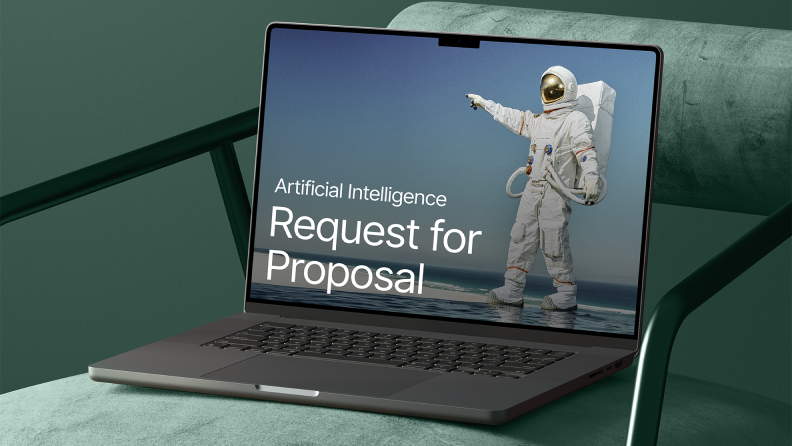
Why your graphic design RFP should include AI
The hours of research and preparation you put into a graphic design RFP, helps you build an in-depth framework for the ideal creative services partner.But, before you hit send, there’s another acronym to consider: AI.Not because 96% of creative leaders believe that AI will save time, 93% think it’ll improve quality or that 90% say their executive team understands the impact.Beyond saving time and money—AI lets you seize more opportunities.How AI opens doors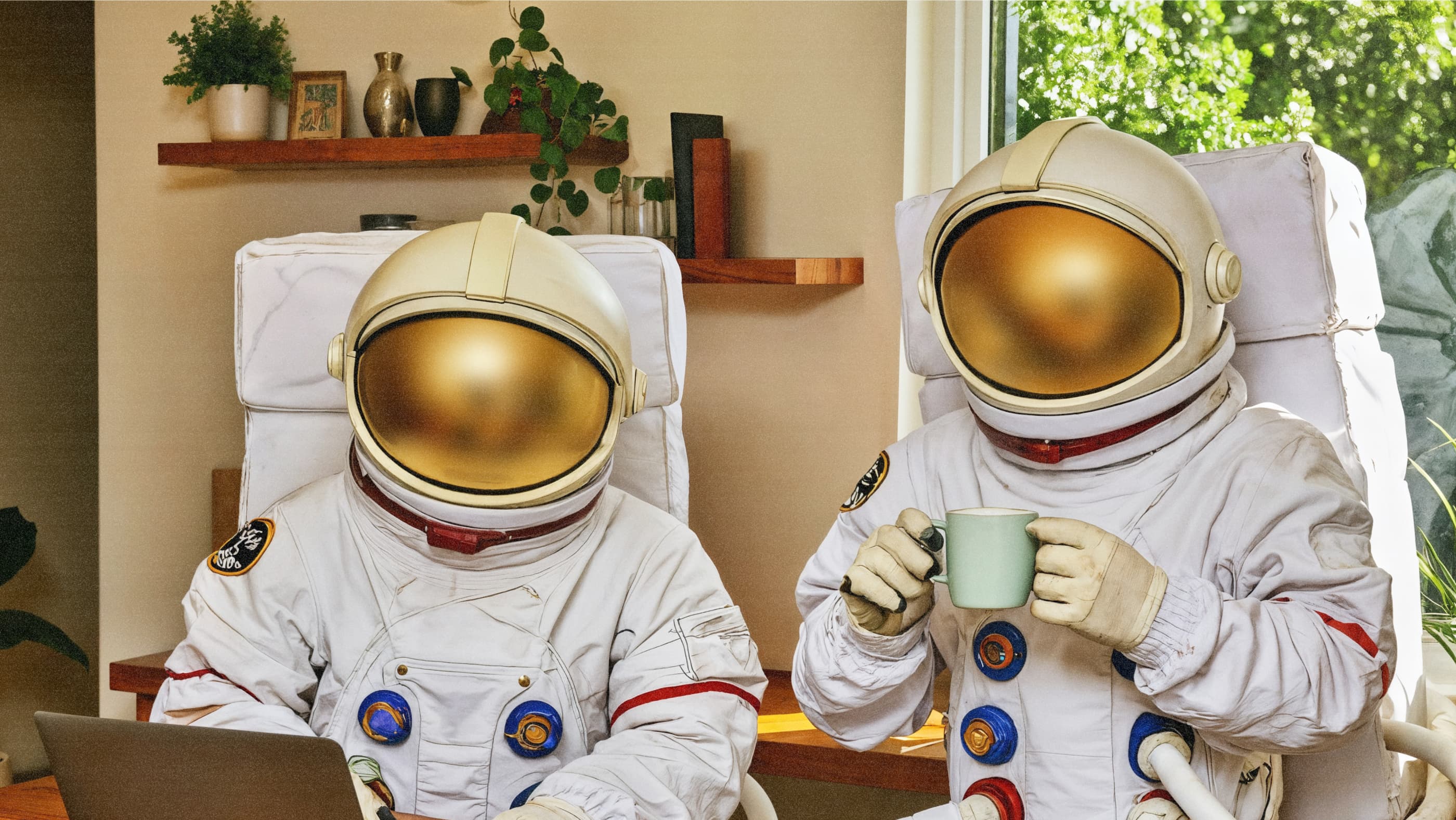
How to train an AI image model on your brand
AI image generators are built to impress. But they aren’t built to learn your brand—making consistency and scalability a challenge for creative teams.That’s where custom AI image models come in. Trained on your brand’s visual identity, they help your team produce consistent, high-quality outputs—without wasting time on prompt engineering or post-production fixes.Learn why brands are turning to custom AI image models—and pull back the curtain on how to train an image model on your brand. Why brands are building custom AI image models Before we discuss the how of custom AI image models, let's discuss the why. Off-the-shelf image generators can be fun for experimentation—but they fall short when it comes to real, on-brand creative work.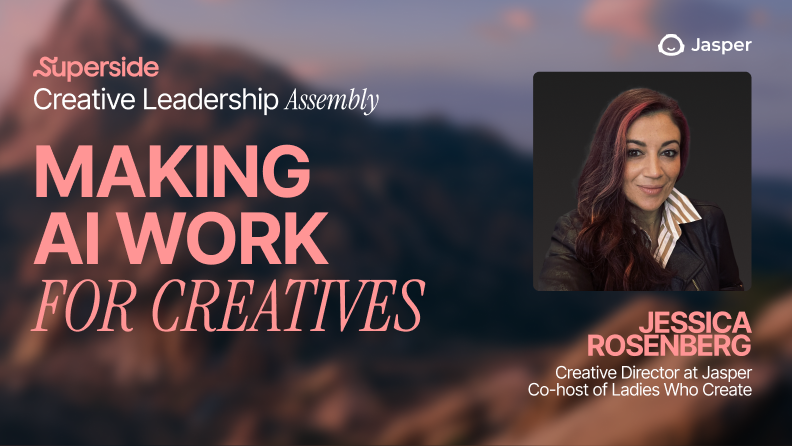
How creatives can use AI to work smarter, not harder
In a world increasingly powered by artificial intelligence, creatives might wonder: is AI a threat to creative authenticity—or a catalyst for it?For Jessica Rosenberg, Creative Director at Jasper, the answer is the latter. Rosenberg lays out a clear, human-centered framework for embracing AI in the creative process. Her philosophy isn’t about replacing human ingenuity—it’s about amplifying it.Read Rosenberg’s take on the tools that help creatives work smarter, get her framework and get ready to dive into the world of AI.Before AI: Tedious tasks and limited bandwidthThe pressure is real, and growing. Creative professionals are feeling the squeeze. According to our recent Overcommitted report, 78% of creatives agree that creative demand is higher than their capacity to deliver, and 79% say they want to create bolder work, but they’re always racing against the clock.